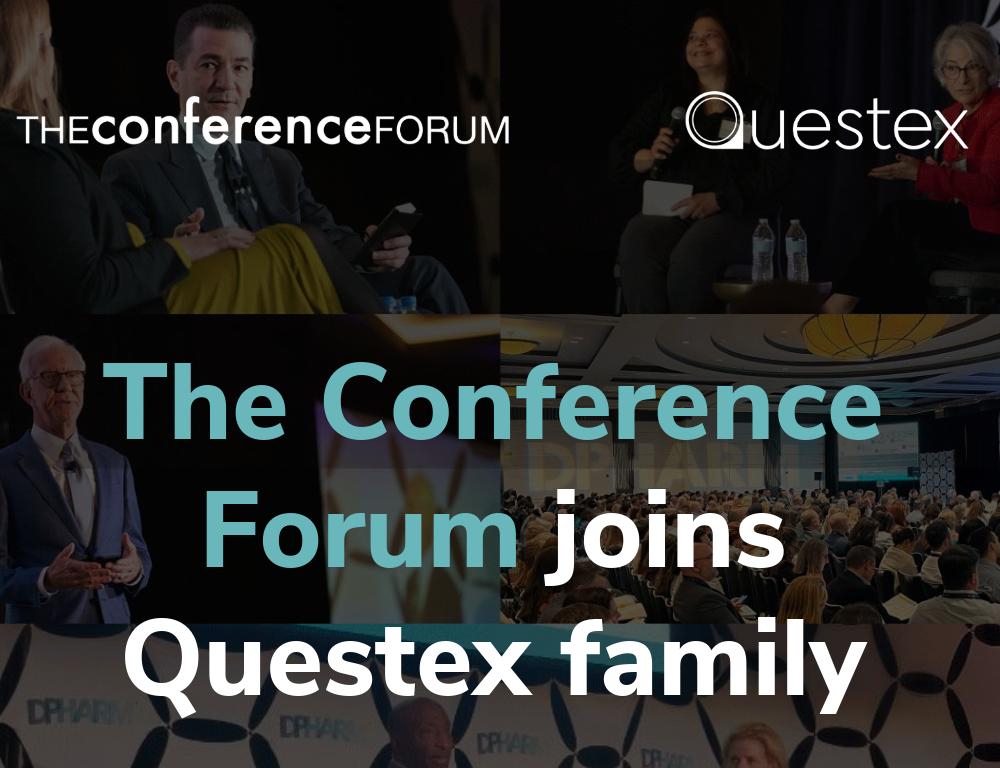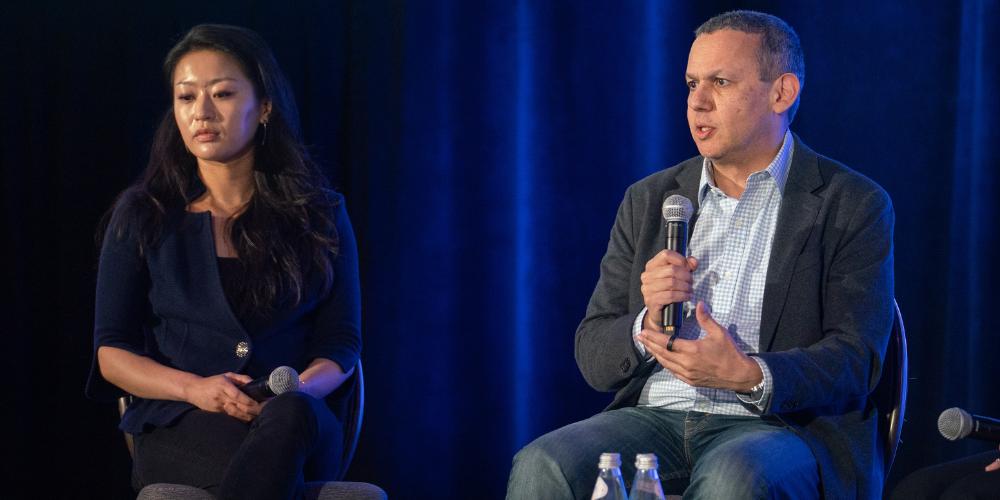
Can you talk about your responsibilities as Senior Managing Director at Blackstone Life Sciences?
As part of the leadership of the investment team, I work to identify life science companies and/or assets to invest in. Working with our team, I then conduct due diligence from a technical, finance and commercial perspective and structure those deals. Finally, I execute on those financings and then manage the investment through a governance mechanism that may include a board or joint steering committee role. We typically invest in companies whose assets have achieved phase two proof-of- concept and therefore primarily fund companies in phase three that need to capitalize through approval and commercialization.
What are some key considerations to keep in mind when trying to raise money?
It is critical for companies to articulate to investors the details around the use of the proceeds for the capital they seek to raise. If we provide the capital they are raising, what do they expect to accomplish? Although this seems simple, oftentimes companies don’t do a wonderful job of making this clear. You need to be able to explain, given the quantum of capital we typically invest, how far along you will be able to mature the particular assets in your pipeline. And then, in addition to that, you need to explain the value you will create with the maturation of those particular assets.
A common way to represent asset valuation is by using comparators. For example, if you are taking an oncology or immunology asset from preclinical to phase two proof-of-concept, showing historically what analogous assets command in terms of value in the marketplace based on M&A comparables or public market comparables is an effective approach to demonstrating how you could create value for investors.
Another important consideration when you are raising money is to understand clearly what acceptable valuations to management and existing investors are, and what the market is currently bearing with regard to valuations. You need to think about the amount of capital that you need to raise and also the valuation at which you will be able to raise that capital. This all plays into how you create value for both your existing investors and your prospective future investors.
"You need to be able to explain, given the quantum of capital we typically invest, how far along you will be able to mature the particular assets in your pipeline. And then, in addition to that, you need to explain the value you will create with the maturation of those particular assets."
How have your considerations been affected by the recent biotech investment downturn?
I will start by answering how I think the biotech companies’ considerations should be different. The stark reality is that the capital available to biotech companies is more constrained. We have gone from a period where a biotech could raise capital from a host of different sources like specialist and generalist investors. In the current market conditions, you have a more limited pool of investors to seek capital from. The reality is that it will take longer to raise capital than it has previously. In the last couple of years, a company could pursue a plethora of financing options that included: multiple pools of private capital, public financings (IPOs, SPACs, reverse mergers), royalty financings and debt. Today with public valuations down in some cases greater than 50% in the last 12 months, equity financings are both difficult and extremely dilutive to shareholders. Biotechs ought to consider non-dilutive financing options like royalty, debt and other forms of structured financings that are more attractive from a cost of capital perspective in the current environment.
At the same time, groups that have the capital to make investments are inundated with options for them to deploy capital which means they will take longer to complete their diligence around these opportunities. As a biotech company, you are more challenged to run a competitive process because the investors know that you don’t have multiple options anymore.
In the last several years, valuations have been priced for perfection: assuming that the product would work beautifully, and you would hit all your timelines and the FDA would approve your drug without any delays and, ideally, it become a leading product in a particular category. Now, you will perhaps see more realistic values accounting for delays, competition and pricing scrutiny in the marketplace. Companies will need to realistically deal with valuations that are not where they have been for the past several years.
Companies also need to consider that it is unclear how long this environment of more constrained capital will last. In the past, the markets were so warm and robust that you could raise just-in-time capital to accomplish the next milestone and then you would be able to raise more capital at a higher valuation for the next milestone. In a market with more uncertainty and volatility, that strategy is less sound. We are seeing companies and boards realizing that it is sensible to raise more capital in this period.
"Biotechs ought to consider non-dilutive financing options like royalty, debt and other forms of structured financings that are more attractive from a cost of capital perspective in the current environment."
How should companies or CMOs in particular approach meetings with investors?
Companies that are able to give a fairly focused and simple message give the best presentations in investor meetings. One of your primary goals in these investor meetings is to get the investor excited enough to have another meeting with you and get into more details. A great meeting is when you have been able to cover the critical pieces of information. In the first meeting, it is the problem you are solving, the opportunity set you are fulfilling with your particular asset or portfolio, what is unique or differentiated about your solution, what amount of capital you need, how much value you will create as a function of that and how long it will take for you to accomplish your goals. Finally, why are you the best team to go to solve this problem with your unique solution and asset. If you can clearly articulate that in a 30-60 minute meeting, you have accomplished a lot. The companies that are overly ambitious and try to cover too much in that hour lose out on that ability to go generate that second and third meeting.
You also need to understand your audience. There are different levels of sophistication and depth of knowledge amongst the life sciences investor community. You need to be able to modify your presentation accordingly. If you are talking to an investor who has already made multiple investments in oncology, you do not need to start with the unmet need in cancer you are focusing on. If this company or this investment group has not made an investment in the rare disease you are developing your drug in, you do need to give them that broader context of the problem you are trying to solve.
How much should CMOs be simplifying the science when they are speaking to sector- specific investors?
You want to be able to articulate the broader vision for your company with the key concepts and principles. As investors, we are trying to understand how you articulate the story of the company and narrate what you are doing. The best groups are able to both explain what they are doing in an understandable way but can also toggle in altitude. As an investor, I want to hear the 30,000 foot view articulated simply but then I want you to take me to the details and explain them well.
How do you size up the competency of the CMO? And how much do you emphasize the competency of the C-suite as opposed to the asset?
Both are so critical. You can have a wonderful asset and it probably won’t create any value if you do not have the right team to execute on it. As a group oriented around funding clinical stage product opportunities, we consider the CMO to be a vital part of our assessment. Our team has a number of experienced clinical and product developers, and we can provide support to complement the existing team, but it is vitally important that we have confidence that the clinical development team can execute on the development and approval of that particular clinical asset or product.
We assess the CMO by understanding the depth of their development experience in that asset or therapeutic area. We want to see experience in both the translational science and in mid- to late-stage clinical development. Regulatory experience in the US and Europe is particularly critical. Our antennas go up when we see a team that has never gone through late development. There are things that need to be set up in early development to enable successful late development and commercialization. We want to know that they have the experience set across the C-suite to support the product development and ultimately our investment.
What about first-time CMOs? How do you evaluate them and what can they do to instill confidence?
Although I wish for a CMO who has had multiple drug approvals under their belt, the reality is that we have more companies than we have people with the experience of taking drugs from early development through late development and global approval. In those circumstances, you need to make sure that you as a CMO compliment your team.
Smart companies have recognized that about themselves. Their CMO may be an expert in the therapeutic area or disease but not have taken a drug through approval. Therefore, they will have a board of directors with someone who has that experience or a clinical advisory board or someone who can mentor the CMO. They should be able to point to the advisory people around the CMO who can help as they go through uncharted territory.
What other financing models should biotech companies consider?
Many biotech companies think that raising equity is the only tool to support and fund the development of their assets. It is poorly appreciated that there are multiple other tools to fund your company, namely, royalty financings, debt financings and other forms of structured capital. I would encourage biotech companies and CMOs to better familiarize themselves with those other forms of capital and their implications. Based on the stage of the company, these other forms of capital may be more attractive for existing stakeholders.
Also, being a public company is not always the greatest thing. It adds a lot of administrative burden. You experience volatilities, especially in a market like this one. So, seeking alternative approaches to capitalizing the company can be smart and allow management teams to focus and execute on developing life science products.
"The CEO may articulate the grand vision for the company to cure disease quickly and paint the picture of what is possible. I look to the CMO to say what is practicable and doable."
Anything else?
It is so critical from an investor perspective that CMOs be the truth-speakers. The CEO may articulate the grand vision for the company to cure disease quickly and paint the picture of what is possible. I look to the CMO to say what is practicable and doable. I want to trust them to share the risks and issues that may occur through clinical development and how to manage through those issues to deliver important new products for patients.
Speakers







